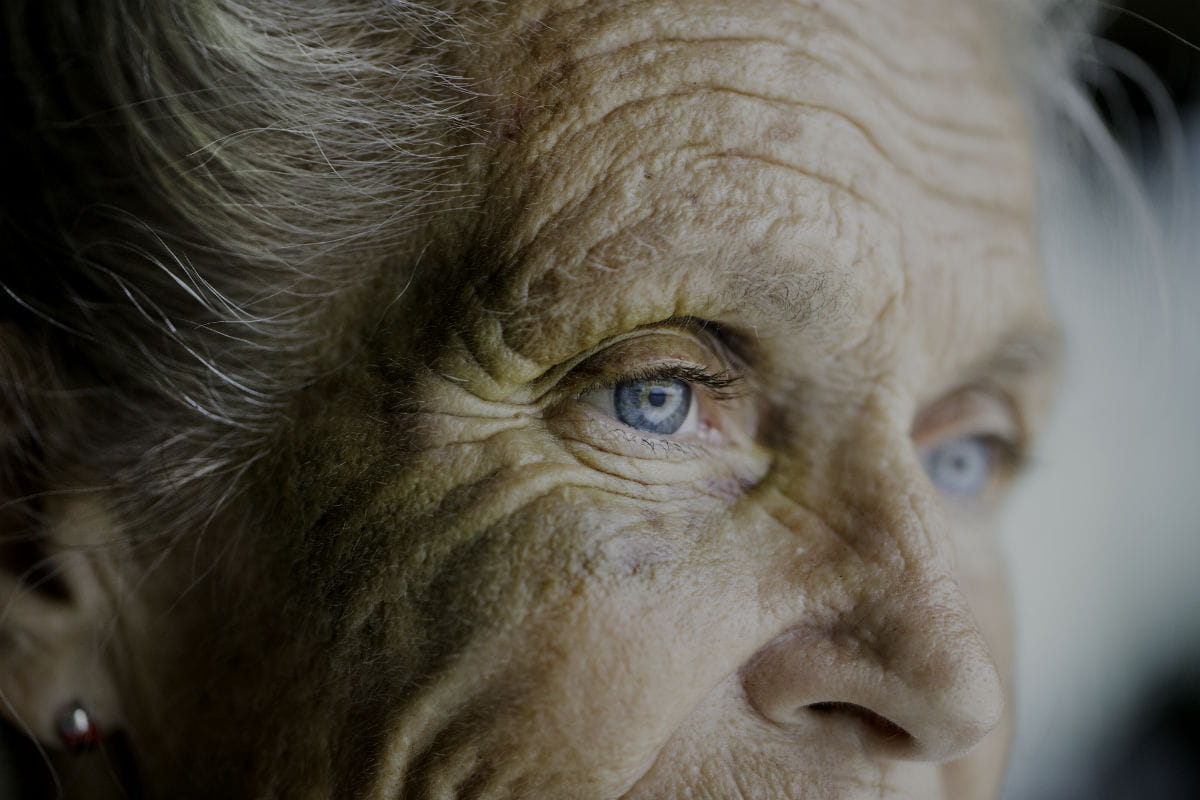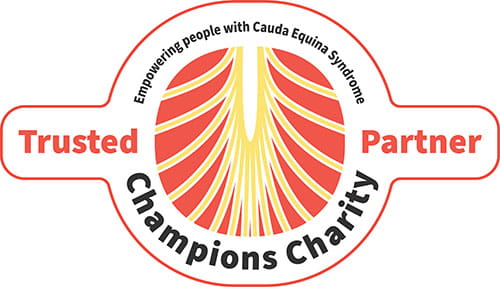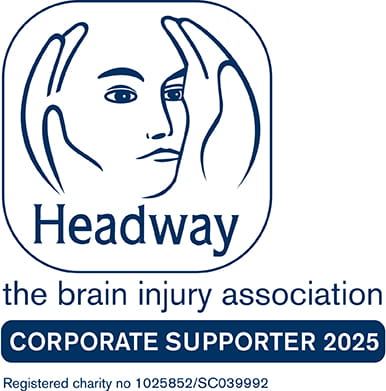Our client’s skin was recorded as being intact upon admission to the ward however, three weeks later she had developed six pressure sores on her sides and ankles. These were only recorded when she was transferred to a different ward. If not recognised and treated soon enough, pressure sores can have a devastating impact. The skin may not be broken at first, but if the pressure ulcer gets worse it can form:
- An open wound or blister – grade 2
- A deep wound that reaches the deeper layer of the skin – grade 3
- A very deep wound that may reach the muscle and bone – grade 4
Ulcers can take a long time to heal and pressure sores of grades 3 or 4 can damage muscle or bone underneath the skin, leaving a patient susceptible to infection. There are a number of well-established ways to stop pressure ulcers getting worse and to help them heal including:
- Applying dressings that speed up the healing process and help to relive pressure
- Moving the patient regularly and changing position
- Using static foam mattresses or cushions or dynamic mattresses and cushions that have a pump to provide a constant flow of air
- Eating a healthy, balanced diet
- A procedure to clean the wound and remove the damaged tissue (debridement)
Whilst in hospital the nurses have a duty of care to be aware of the risk of developing pressure sores. They should carry out a risk assessment, review skin integrity and reposition the patient in order to try and prevent the pressure sore developing.
It took over six months for our client’s pressure sores to heal. Sadly, our client passed away in June 2019, but her daughter continued with the claim. Following a letter of claim Shoosmiths secured an admission of liability, and the claim was settled shortly afterwards. Sue Prior, a partner in Shoosmiths clinical negligence team, commented:
“There can be no excuse for allowing pressure sores or bed sores to develop, especially as it has been known since the 1950s that one of the most effective preventative treatments is simply repositioning the patient every two hours. The failure of hospital staff to follow these simple guidelines for three weeks reflects poor standards of care, which sadly had fatal consequences for our client.”
Our client’s daughter said:
“I would like to say a massive thank you from myself and my mum to Sue and everyone who was involved in this case for making this journey as easy as possible.”
Disclaimer
This information is for educational purposes only and does not constitute legal advice. It is recommended that specific professional advice is sought before acting on any of the information given. © Shoosmiths LLP 2025



















